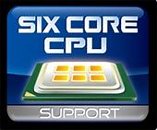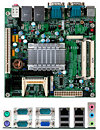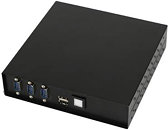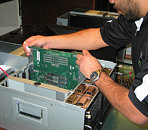
U.S. DoD Partners with GlobalFoundries to Manufacture Chips at Fab 8, Upstate NY
GLOBALFOUNDRIES (GF), the world's leading specialty foundry, today announced a strategic partnership with the U.S. Department of Defense (DoD) to provide a secure and reliable supply of semiconductor solutions manufactured at GF's Fab 8 in Malta, New York—the company's most advanced semiconductor manufacturing facility. These semiconductor chips will be used in some of the DoD's most sensitive applications for land, air, sea, and space systems.
Under the agreement, GF will provide a supply of chips built at Fab 8 on its differentiated 45 nm SOI platform. The agreement is made possible by Fab 8's compliance with U.S. International Traffic in Arms Regulations (ITAR) and highly restrictive Export Control Classification Numbers under the Export Administration Regulations (EAR).
The new supply agreement builds upon the longstanding partnership between the DoD and GF to provide chips for defense, aerospace, and other sensitive applications. GF currently supplies the DoD with chips manufactured at GF's other on-shore facilities, Fab 10 in East Fishkill, New York, and Fab 9 in Burlington, Vermont.
Under the agreement, GF will provide a supply of chips built at Fab 8 on its differentiated 45 nm SOI platform. The agreement is made possible by Fab 8's compliance with U.S. International Traffic in Arms Regulations (ITAR) and highly restrictive Export Control Classification Numbers under the Export Administration Regulations (EAR).
The new supply agreement builds upon the longstanding partnership between the DoD and GF to provide chips for defense, aerospace, and other sensitive applications. GF currently supplies the DoD with chips manufactured at GF's other on-shore facilities, Fab 10 in East Fishkill, New York, and Fab 9 in Burlington, Vermont.



























